Cycling adventures on the Atlantic! - Discover hidden rural gems and support local communities along EuroVelo 1
Reaching less visited areas is one of the charms of a cycling adventure, in this article we’ll reveal cycling destinations located off the beaten track along the longest EuroVelo route of the entire network. Many rural sections on EuroVelo 1 have repurposed unused infrastructure, allowing for the improvement of rural connectivity, bringing life to remote areas and boosting local economies. Below are some ideas for planning trips far from the touristic hotspots to the less travelled roads and the less visited communities, a trip to build amazing memories whilst leaving a positive trace on the destinations themselves.
Starting from the North Cape, the famous northernmost point in Europe, EuroVelo 1 – Atlantic Coast Route will take travellers to some of the most remote and unknown rural areas on the continent. The Norwegian west coast has plentiful natural and protected gems, such as the great and preserved Alta Canyon which never fails to blow visitors away. It is known as Northern Europe’s largest canyon and best kept secrets of Northern Norway, located near the town of Alta, located far above the arctic circle and largest town of the Finnmark region. In the winter season, it is a great spot for admiring the Northern Lights, and in the summer season, the Scandinavian midnight sun is always a unique experience.
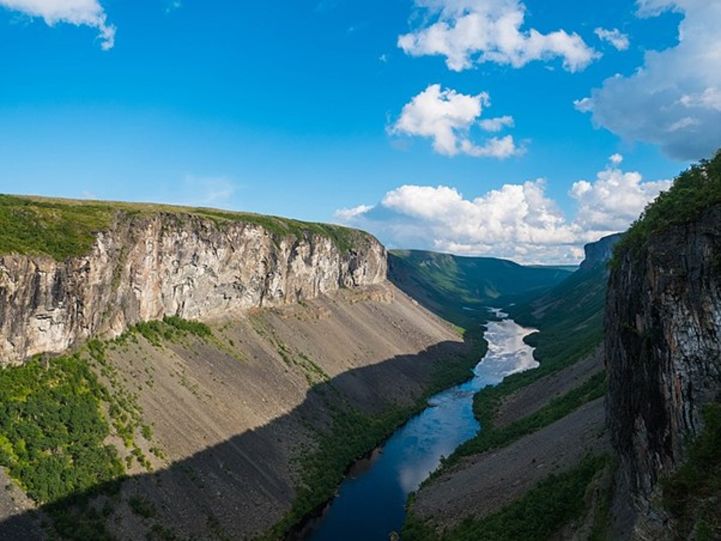
Exploring the surrounding area is a fantastic one-day adventure, and absolutely worth the effort to get there. The canyon's northern end is relatively accessible. However, reaching the southern end will require more organization and early planning, as it is only accessible through a guided tour. Guided tours can be booked from the town of Alta. For those wishing to take self-guided tours in the wilderness of the canyon’s landscapes, it is possible to hike and cycle the last 7 and 8 km of the canyon. From June to September,E-bike tours are also a popular way to explore the area.
Cycling south across the breath-taking Norwegian Fjords, from the city of Tromsø to the city of Bodø, travellers will have to traverse a distance of around 645 km. They will get the opportunity to pedal across Andøya, Norway’s northernmost island located in the Vesterålen archipelago in the Nordland county, still in the shadow of the famous Lofoten Islands. To get there from the beautiful and scenic second-largest island in the country: Senja, taking the ferry from Gryllefjord to Andenes is the best transport option. Cycling along the Atlantic Coast, you might have the chance to spot whales from your saddle, as this area is the original leading whale watching destination in the country since 1988. It is relatively easy to cycle in the area, since the island has no major climbs.
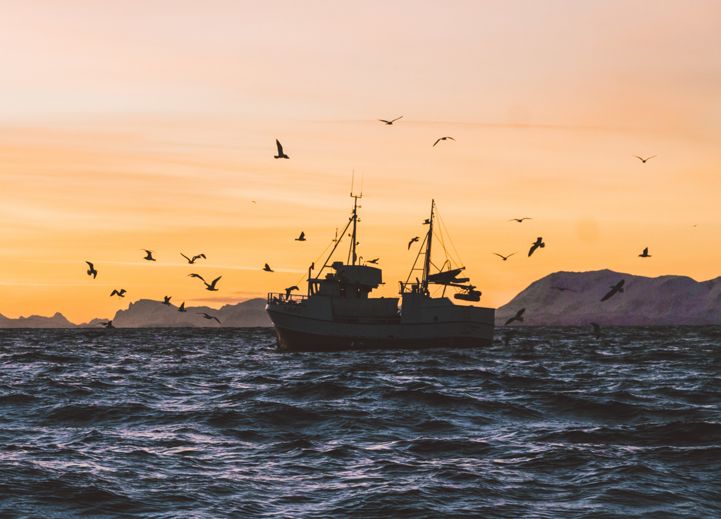
Departing from the town of Andenes, on the windswept northern tip of the island, adventurers can embark on a WhaleSafari a once in a lifetime experience. From May to September, tourists also have the unique opportunity to take the boat to the deep-sea valley and catch a glimpse of migrating whales. The safari also includes a visit to the Whale Museum before embarking on the boat tour. Alta is one of the world’s best places to see this fascinating species from close.
EuroVelo 1 – Atlantic Coast Route in Ireland mostly follows small rural roads as well as rural greenways. The greenways, built on former railways, incorporate the old railway heritage and are entirely traffic free, these routes include bridges, former train stations and old railway buildings. Greenways are guaranteed to provide a historic cycling experience, a very fulfilling one indeed as many of these minor roads used by Eurovelo 1 in rural Ireland are also a paradise for cyclists. Although shared with motorised vehicles, the numbers encountered on many sections are so low, that cyclists will often feel like they have the entire road to themselves. By using these small roads, cyclists will be provided with a view of hidden Ireland as well as with a deep feeling of tranquillity as you cross small rivers on old bridges, pass by unknown lakes, old farm buildings and even schools from a previous time. Some are still in use, but many sit forgotten acting as reminders of the past.
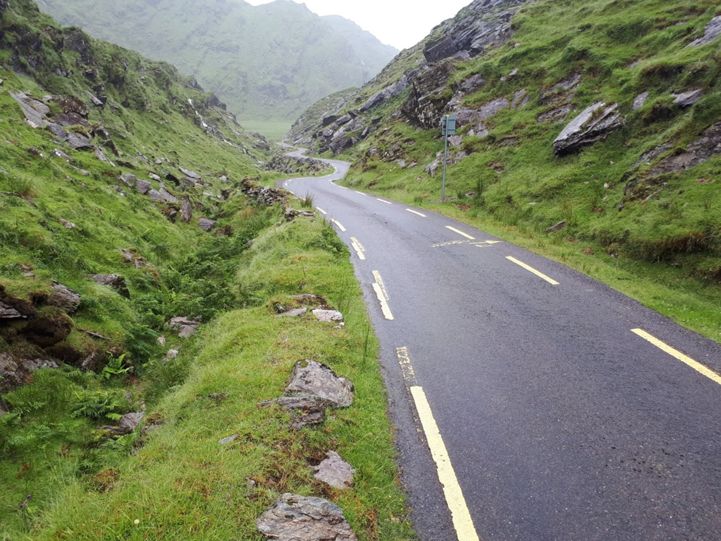
Joining the route in County Donegal, travellers will fall in love with the rural gems spread along their path that are sure to brighten their journey. On the way west to the Atlantic Coast, not far from the border with Northern Ireland, west of the city of Londonderry/Derry, the route passes the mystical and historical Grianan of Aileach or “Greenan Fort”. The fort was built in 1700 BC by the “Tuatha de Dannan”, who invaded Ireland before the Celts. From the fort at 250m above sea level, the view is breath-taking, overlooking the waters of Lough Foyle to the east and Lough Swilly to the west.
Cycling further southwards the route travels through County Mayo and County Galway two of Ireland’s most captivating counties. In Mayo the route joins the Great Western Greenway at the seaside village of Mulranny and runs along the rugged and scenic route of the railway which operated between 1895 and 1937 to the bustling town of Westport. From here, small virtually traffic free roads bring cyclists to the mysterious and dramatic “Dollough Valley”. This hidden and preserved rural gem is a highly symbolic place to travel through and to take a break. The valley is a witness to the past: the Famine Memorial is a reminder of the Great Famine which occurred in Ireland in the 19th century, one of the most tragic periods in Irish History. The cross is engraved with the words"Doolough Tragedy 1849”. An amazing way to immerse into the country’s atmosphere and to learn about its history. Not far south from here the route arrives at Killary Harbour, one of three stunning fjords in Ireland forming a natural border between Galway and Mayo.
Running along the south coast of County Wexford, the final leg of EuroVelo 1 in Ireland arrives at the ferry port of Rosslare Harbour. This is an area rich in diverse marine and coastal habitats as well as historic sights. One such site is Tintern Abbey a former monastery founded in 1200.
It is now time to join the section of EuroVelo 1 - Atlantic Coast Route in the French Region of Brittany you will get the chance to discover some of the least known yet amazing locations along La Vélodysée, the 1300 km French section of EuroVelo 1. In the département of Morbihan, in Brittany, pedalling along the flat and easy Canal de Nantes à Brest is always a nice experience. After a long cycling day exploring the Breton countryside, travellers should take the opportunity to make a peaceful stop for one or two nights in the wooden cabins and floating houses in the small locality of Gueltas. They were built by local carpenters and woodwork companies and installed on the “Domaine des Can’Haltes”. People on their cycling journeys will get to enjoy the simple comfort of these small wooden cabins (Can’Halte) floating houses called (Pénettes), where spending the night will cost from between €30 to €40. They provide travellers with the minimum comfort for a good night of rest for 2 people: a space to eat, small storage areas and a space to sleep. Visitors will also be able to find food trucks and typical restaurants in the small locality, ideal for an authentic and sustainable stay.
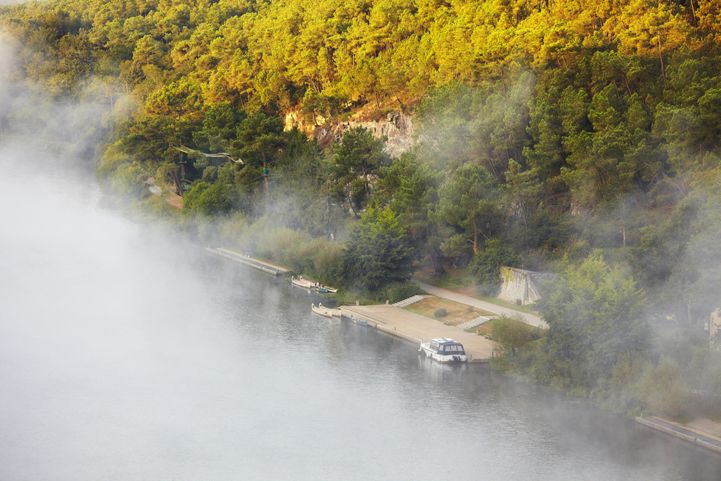
After a peaceful night of rest, tourists will then pedal south towards the Pays de La Loire region, reachable within a few days, and the small locality of “La Barre de Monts”, situated in the Vendée département. There, “Le Daviaud” local Eco-museum awaits tourists looking for a unique experience in the preserved heart of the preserved Vendée Breton Marshes. Visiting tourists are guided through a 250 m² outdoor path, learning about local history and traditions. Audio guides are available in English, making it accessible for most tourists. Facing the famous island of Noirmoutier, the opportunity to explore the island by bike is also worth taking.
After having planned your next stage here and after a well-deserved night of rest, cycling down EuroVelo 1 – Atlantic Coast Route to the Nouvelle Aquitaine Region will be very enjoyable. Within a few days, you can reach the Natural Reserve of the Courant d’Huchet , often called “Little Amazonia”, after having travelled 42 km from “Mimizan-Plage” to “Léon”. The 628 ha natural reserve is located on the site of the Atlantic Ocean coastal wetlands. It was established in 1981 as a natural reserve, with the objective of preserving the fauna and flora and to limit human actions as well as to manage and keep the touristic activity around the “courant” stable. The unique “courant” is an overflow of the 3.4 km² “Léon lake” snaking its way down to the Atlantic Ocean through a lush forest tunnel.
The Courant d’Huchet, was created as a result of the accumulation of inland water, which resulted in the formation of a unique and vibrant ecosystem. Scientists have counted more than 10 species of minks, as well as otters. Moreover, 258 species of birds have been identified, one of the most fragile and unique one being la « Foulque Macroule ». The ecosystem also counts around 20 species of reptiles and 270 species of insects, with 43 different types of dragonflies. The perfect spot for a much-deserved break before cycling your way to the Spanish border!

Following EuroVelo 1 all the way to the region of Extremadura, crossed by the Ruta de la Plata from Puerto de Béjar, a mountain range declared a biosphere reserve, to the village of Hervás, home to the ‘Castañar Gallego’ protected landscape (an endemic chestnut tree species native to the region). It is part of the Greenways network the ‘Via verde de la plata’ that crosses the magical Ambroz Valley from South to North. The Ambroz Valley is a place of contrasts surrounded by over 2,000 metre high mountains, such as Pinajarro, as well as pasture lands at an altitude of only 500 metres. These mountains dominate a landscape with dense chestnut and oak trees forests on their shady slopes in contrast with the colourful terraces of cherry and plum trees. Offering a perfect setting for outdoor activities in nature.
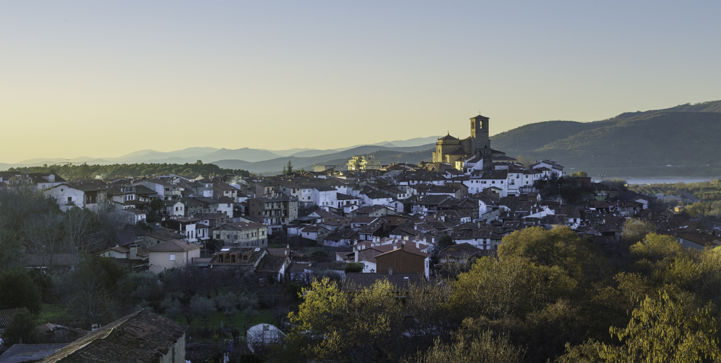
There is plenty of water and meadows where peppers are grown for the production of the famous paprika of Aldeanueva del Camino by the Ambroz river, which gave the valley its name. The river offers incredible natural pools such as the ones at Casas del Monte or Abadía, and also waterfalls. The Celtic Bull in Segura de Toro or the Jewish Quarter in Hervás, are legacies of the rich civilizations that once populated these lands: The Vettones, Celts and Jews. Other cultural legacies are to be found in La Garganta, or the Roman baths in Baños de Montemayor. El 'Otoño Mágico', the Magic Autumn is a festival in the Ambroz Valley has been declared of National Touristic Interest which since 1998 is celebrated during the month of November.
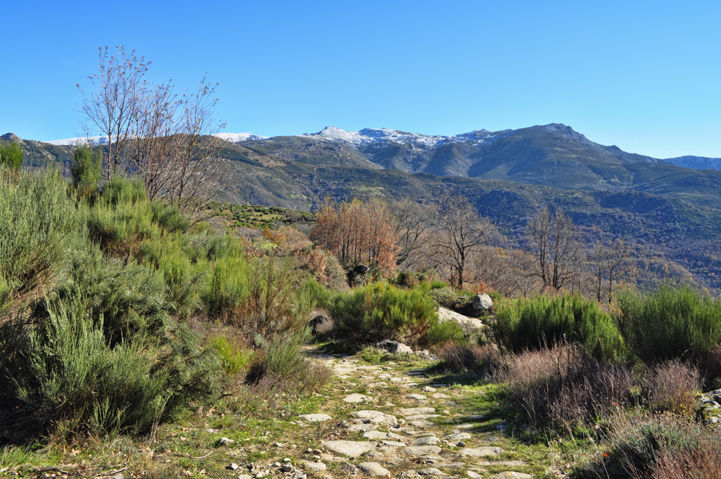
In the magical Valley of Ambroz there are eight villages to discover, from the villages of Hervás and Baños de Montemayor, to locations full of rural cultural richness. Baños de Montemayor is located between a thermal spring and a Roman path, in the northern part of the province of Caceres.
Wandering around the village of Baños de Montemayor and walking along its charming streets, your curiosity will be inspire by two majestic churches dating from the 16th and 17th century. After a long day on the saddle, travellers will be pleased to take a bath in the village’s thermal waters coming from the Columna and Arqueta springs. The area has also been designated a cultural heritage site. Finally, to immerse yourself in local traditions, it is worth visiting the town’s traditional craftsmen, who utilise chestnut wood to make household items and tools.
Hervás is a unique village with a Sephardic legacy, having one of the best preserved Jewish quarters in Europe. Local materials such as chestnut wood, sun-dried brick and granite characterize the traditional architecture. Fun fact: you can walk down the narrowest street in Spain called “Traversia del Moral”. The village is also full of great religious architecture: the Church of Santa Maria and the church of San Juan Bautista. The museum in the old Franciscan hospital is also a must see.
Not far from Hervás (less than 30km) you can find the Roman City of Cáparra, another must-see destination for history lovers. It is located in the valley of the River Alagón. In Roman times it was in the province of Lusitania within the Conventus Iuridicus Emeritensis, whose capital was Colonia Augusta Emerita (modern day Mérida). In summer you can enjoy the celebration of the classical theatre festival, as an extension of the renowned classical theatre festival of Mérida.
You can find more information about the Ambroz Valley in this guide (in spanish)
Looking for more ideas for a cycling trip along EuroVelo 1 – Atlantic Coast route? Check these articles onUNESCO sites and biodiversity hotspots along the route.